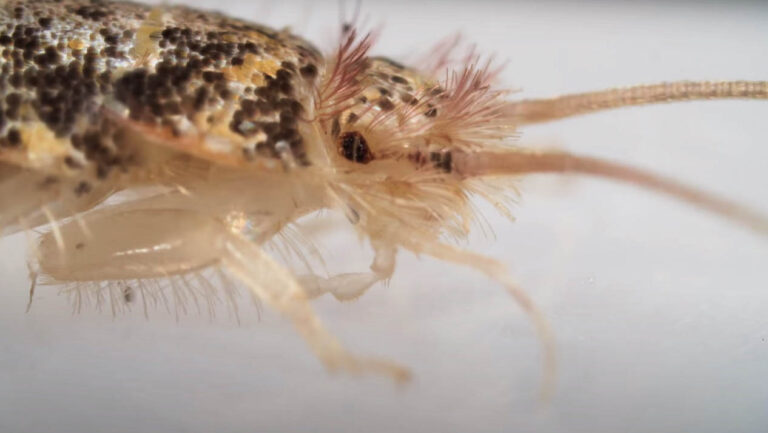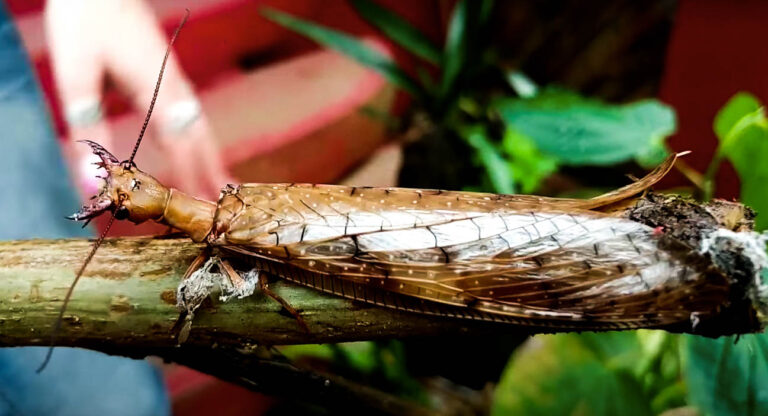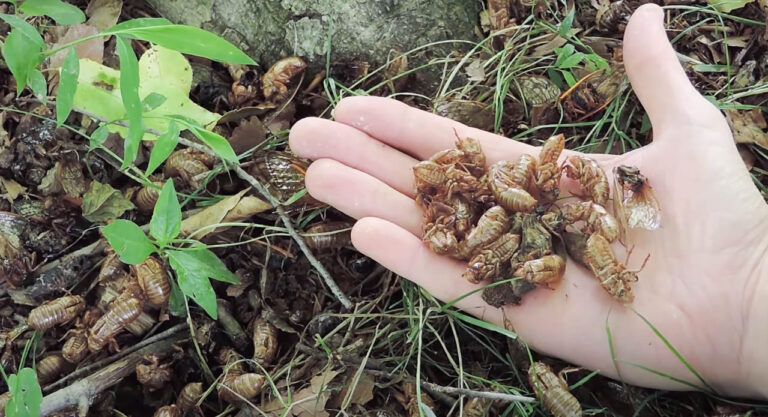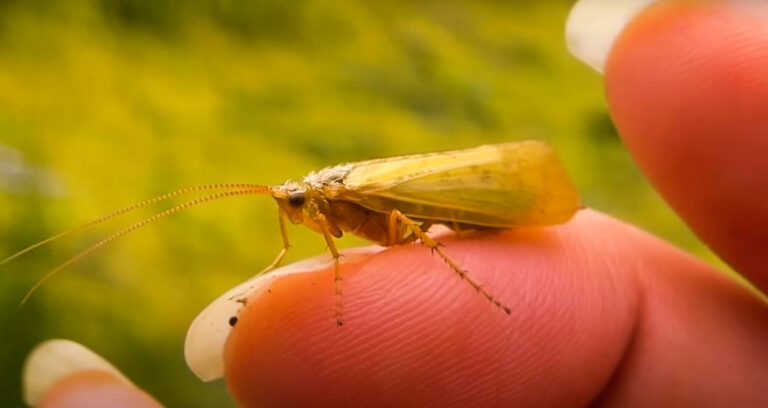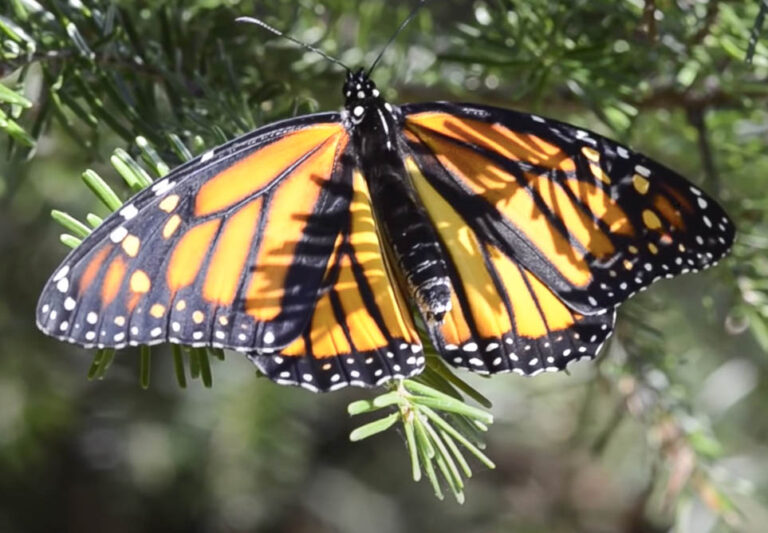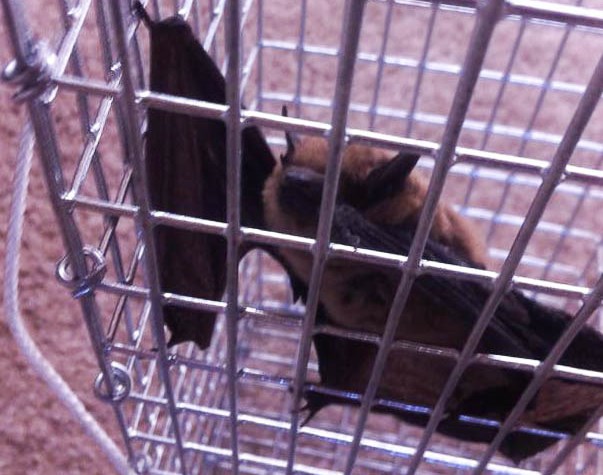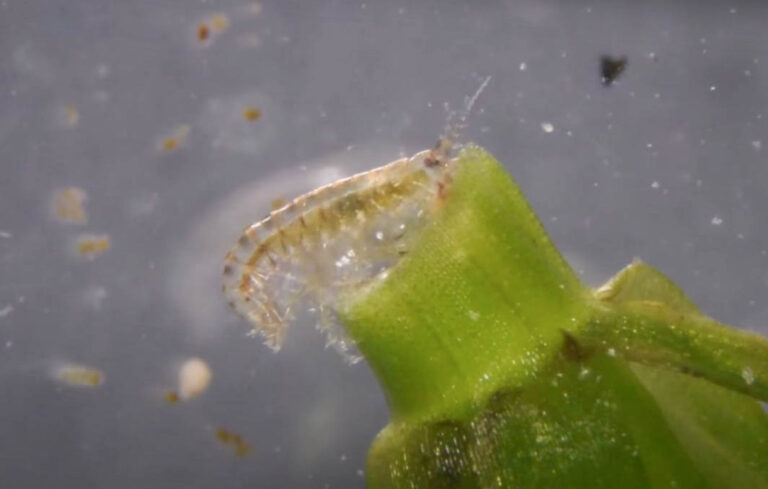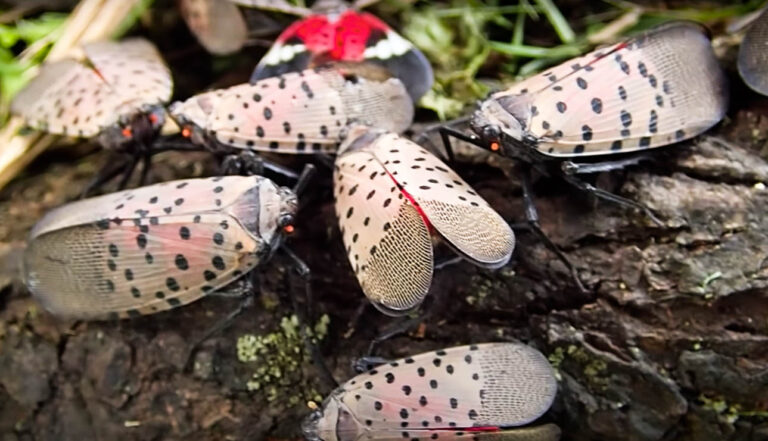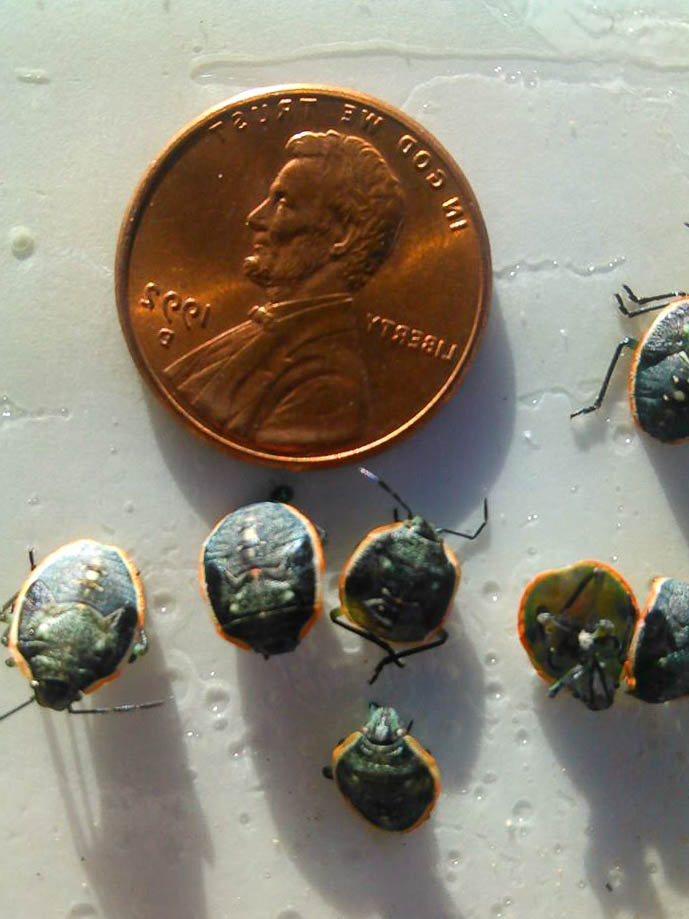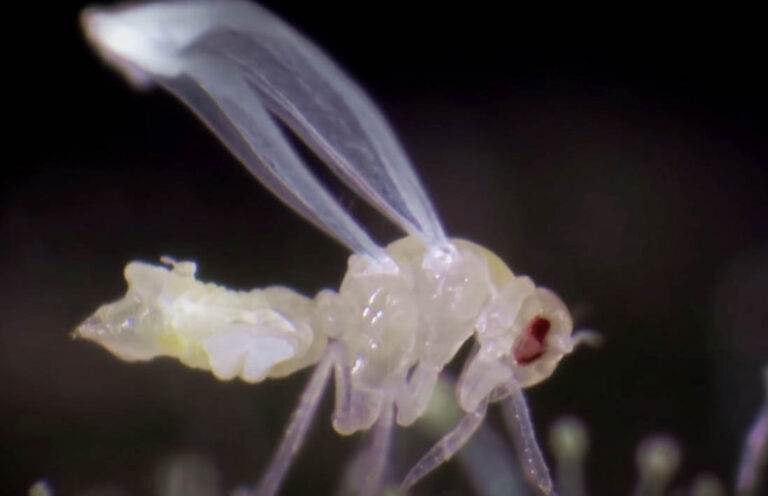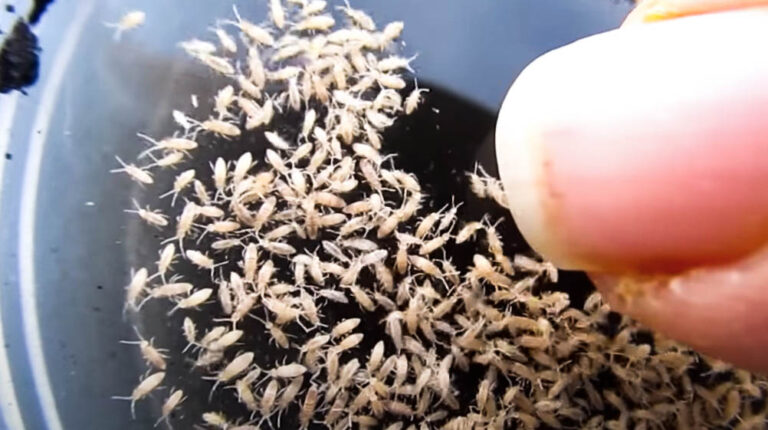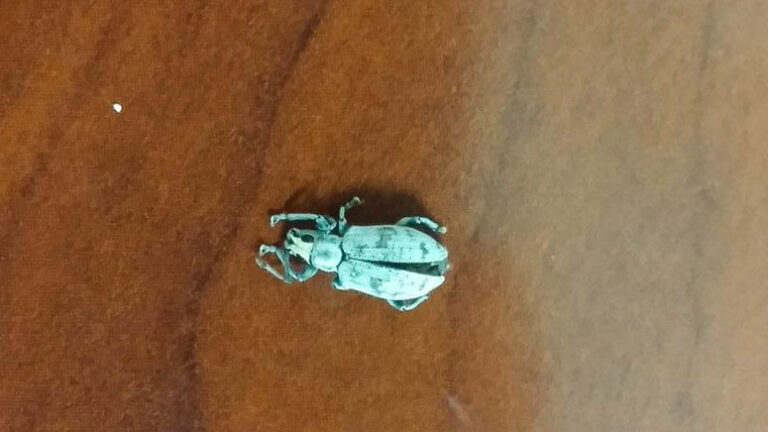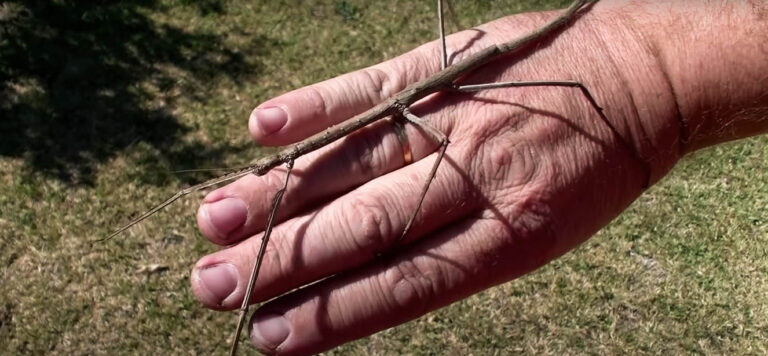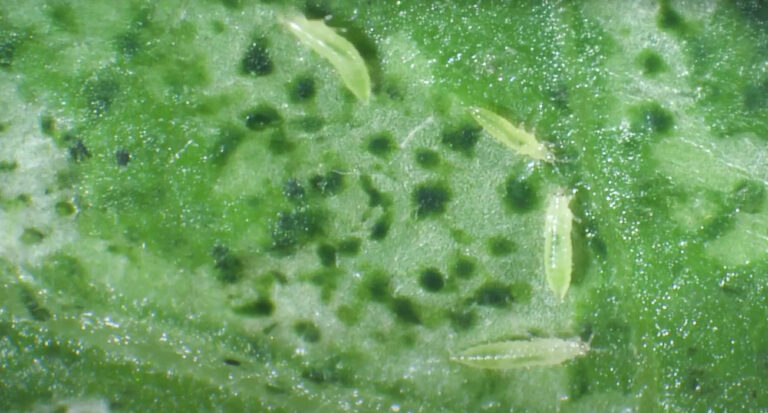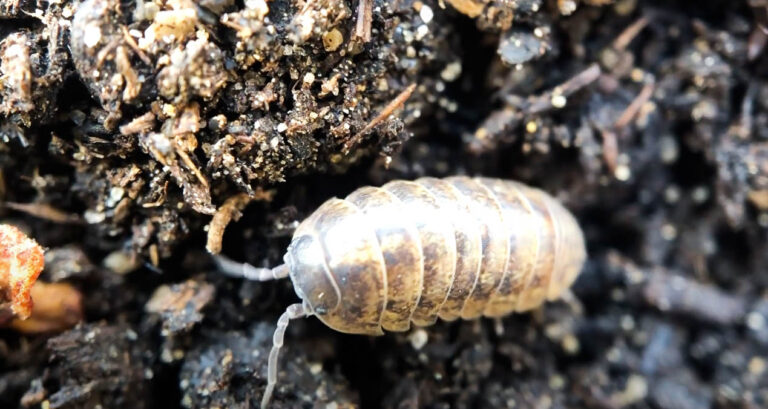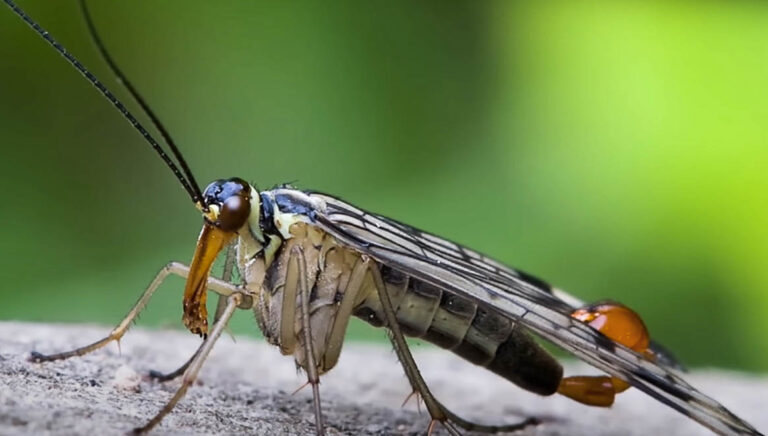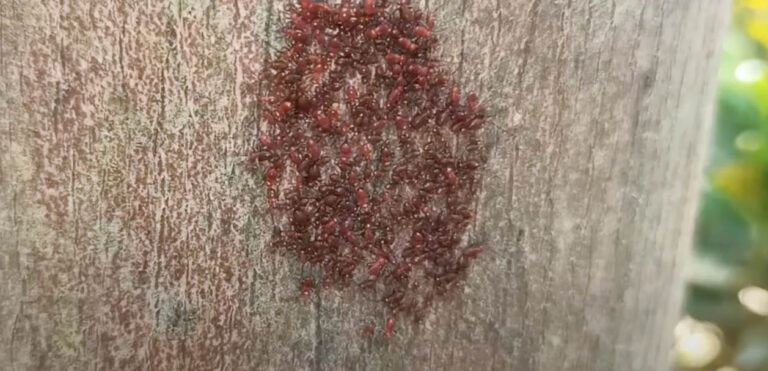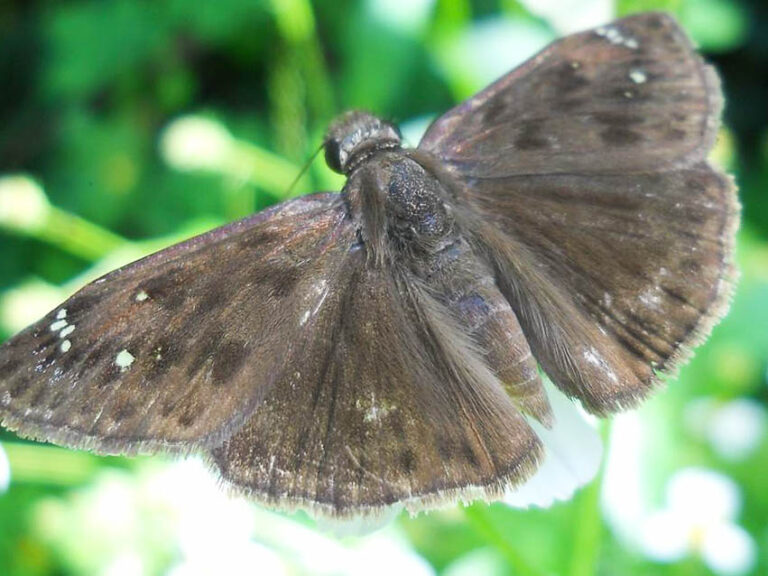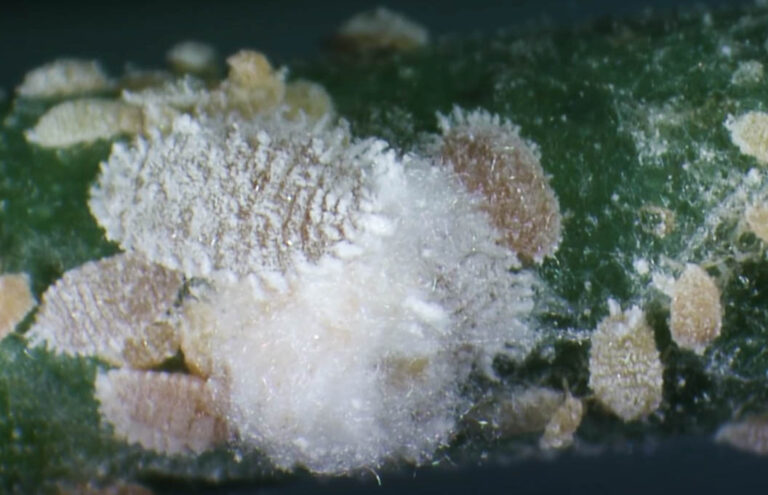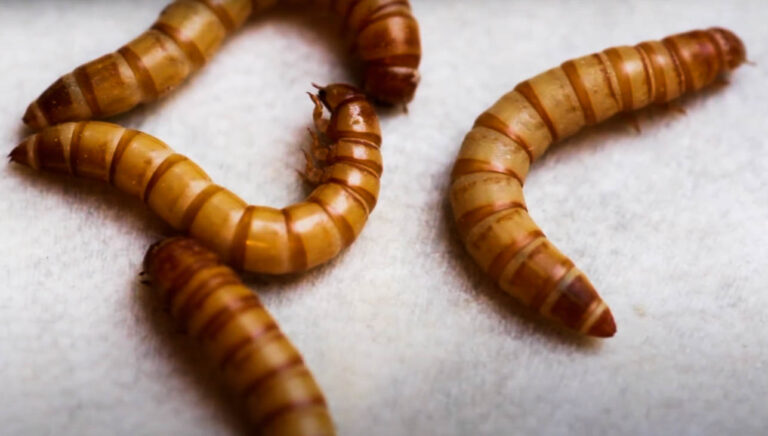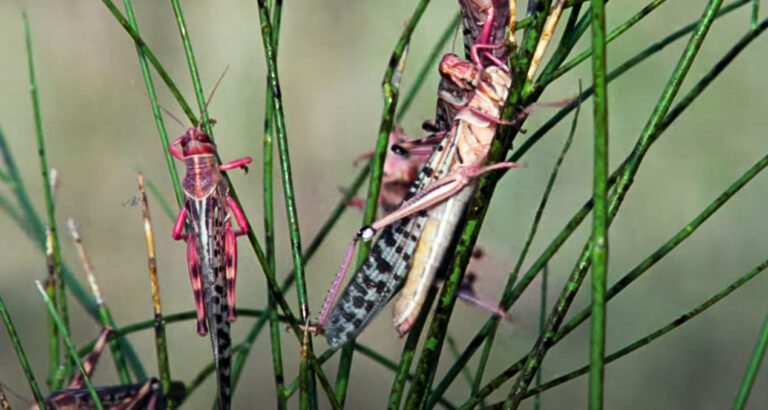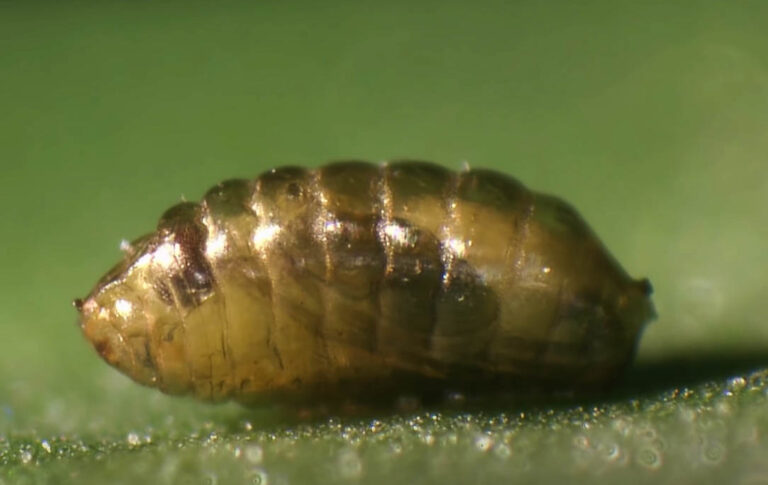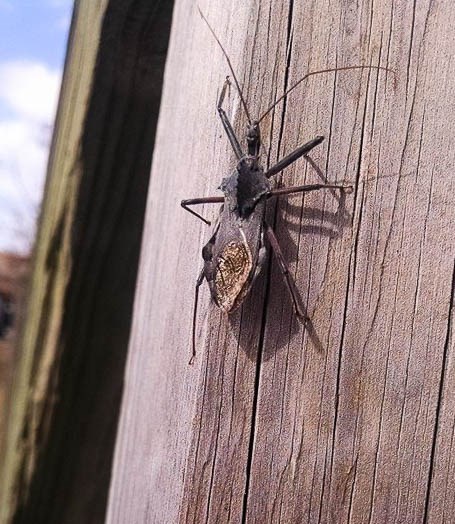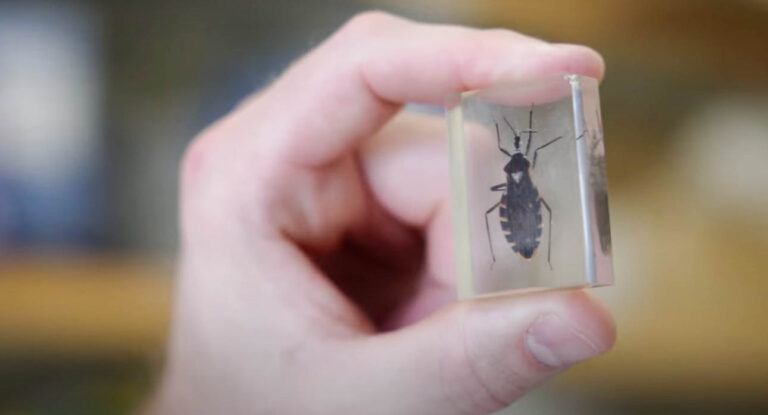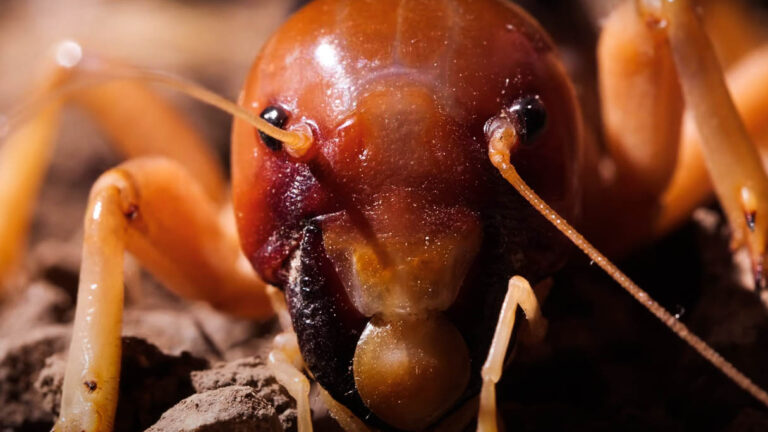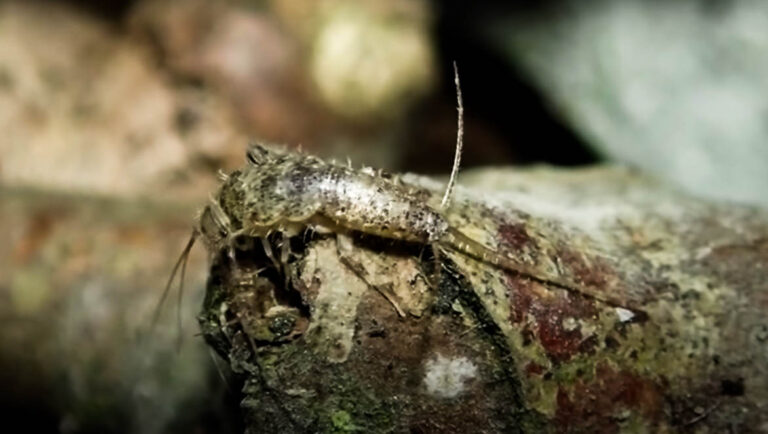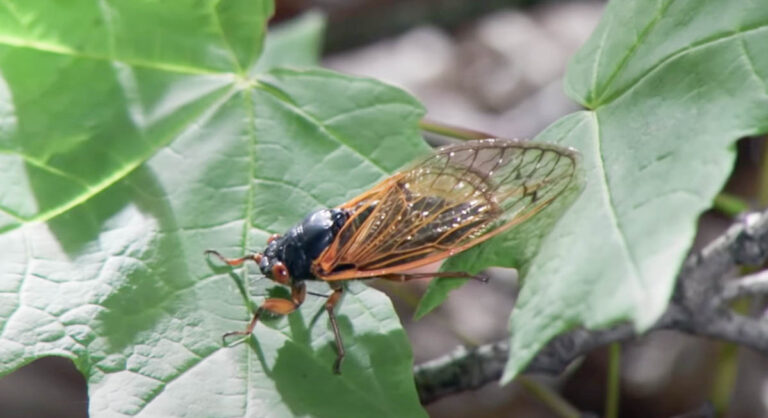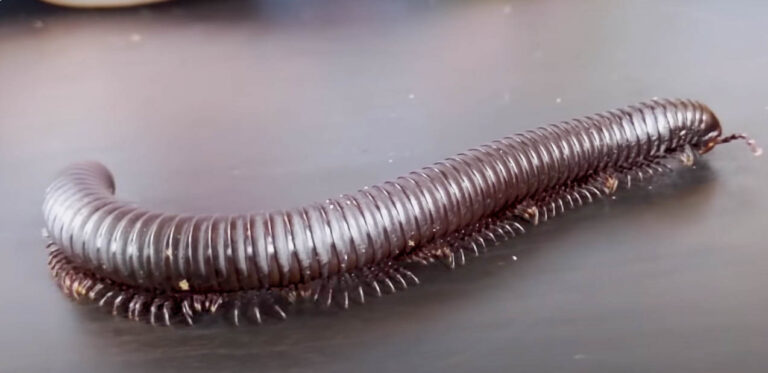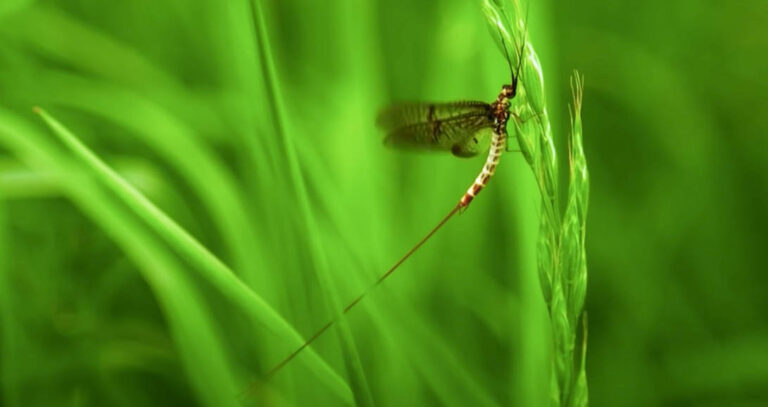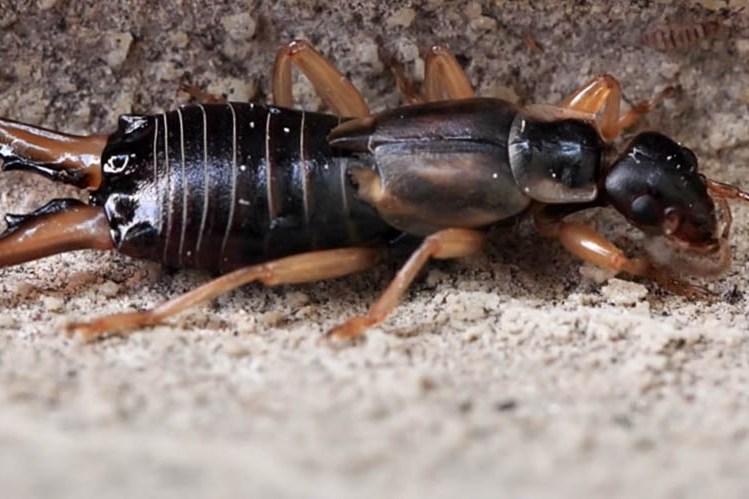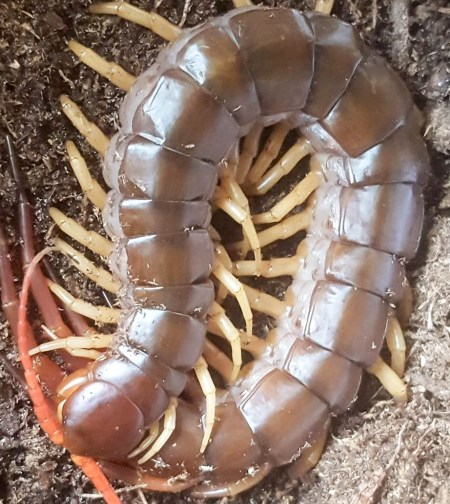About Sowbugs
About Sowbugs
These segmented animals are not bugs; they belong to a group of woodlice that are closely related to shrimps. They are aquatic in some ways because they are the only crustaceans with the ability to live on land. With the ability to breathe using their sets of external gills, they require lots of moisture to survive. Sowbugs might look aggressive and very dangerous, but they are peaceful animals. They don’t bite humans nor do they sting. If you have always wanted to know more about this small animal with a segmented body, we will be sharing all you need to know about sowbugs.
Appearance
With over 600 species of locusts in North America alone, it’s difficult to attach a particular color identification to loSowbugs are one of the few insect-like animals with close relations to shrimp, crayfish, and lobsters. Though they spend their lifetime on land, they still have several physical features that clearly suggest that their ancestors were aquatic. The following are some of the features of sowbugs;
- Size and body – These animals are oval in shape and flat on the surface. With an average measurement of about 1cm in length, these animals are big enough for anyone to see. Also, their body is segmented and a mature sowbug usually has two pairs of
antennae attached to its forehead and seven pairs of legs. - Color – Sowbugs are usually slate gray in color or brown. They are wingless with well- developed eyes for vision. Their back has an overlap of armored plates which makes them look like small armadillos. And unlike their cousins pillbugs, they have two tail-like structures attached to their rear end.
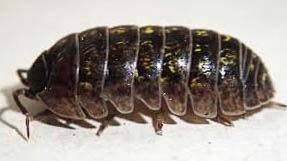
Behavior
To survive the heat of the day, sowbugs usually stay hidden during the day and only come out at night to feed on decaying plant matter. As a result of this, you will often find sowbugs in mulch in an infested area. Sowbugs are one of the few insects that mate at any time of the year when there is a need for reproduction. However, reproduction is more rampant during spring when conditions are most favorable.
After mating, a female sowbug lays and carries her eggs in a brood pouch to the end of her body. It takes three to seven weeks for these eggs to hatch into white-colored young. After hatching, they remain in the pouch of their mother for about six to eight weeks where theyVdepend on them to fend for them. A mature female sowbug can’t have more than 2 to 3 generations of baby sowbugs per year.
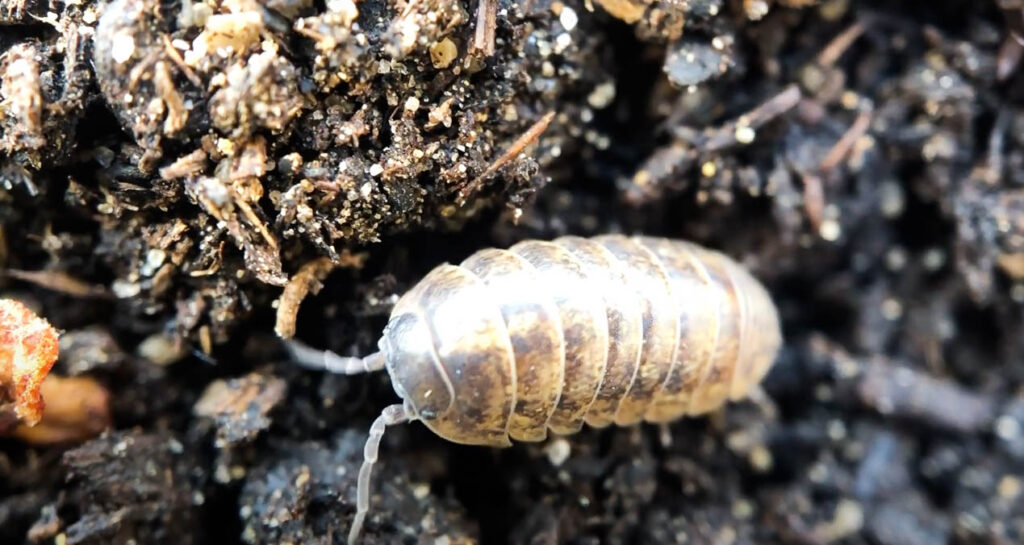
Habitat
Though sowbugs spend most of their lifetime outdoors in damp places like flower pots, logs, rocks, and trash cans, these creatures can still find their way indoors and create a nuisance. When these insects come in large numbers, they can devour greenhouse plants and reduce their yield. Sowbugs are even known to invade damp places in homes like bathrooms and laundry rooms.
Damage They Cause
Sowbugs are a nuisance when they find their way into your home. They are known to devour indoor plants and clothing materials. If they are outdoors, they usually invade greenhouse plants and devour their leaves and also garden plants and fruits. Their large population is their major advantage and they often use that to wreak havoc.
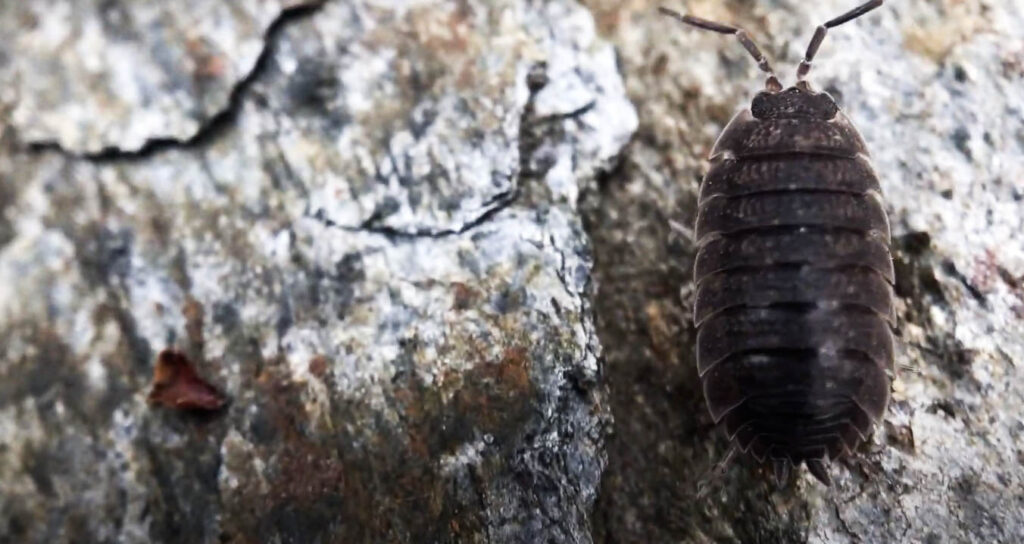
Infestation Signs
There is no better way to know if you have a sowbug infestation or not than seeing one or two of these tiny insects on the surface of leaves in your garden. If they are indoors, you will definitely see them randomly on surfaces in your home.
How to Get Rid of Them
If sowbugs have already found their way into your home, what you need to do is to dehumidify your home and clean up all the wet areas, organic matter, and moist areas in and around your home. By doing this, you are basically exposing them to harsh weather conditions. And in no time, they will die as a result of desiccation.
Getting rid of sowbugs requires the help of a professional. If the infestation is beyond your control, don’t hesitate to get in touch with a professional to help you get rid of them.

